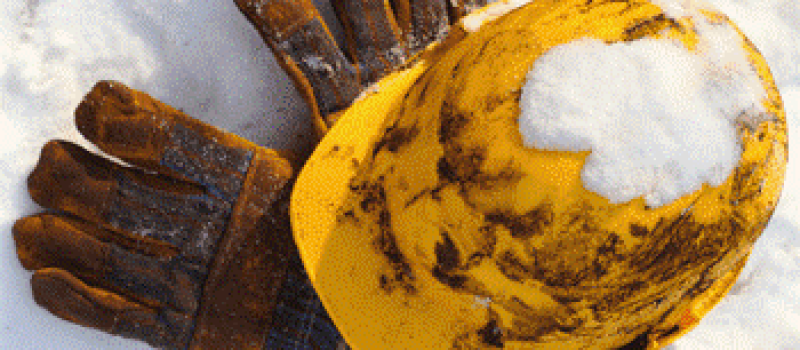Understanding and Preventing Cold Stress in the Workplace
Friday, December 15, 2023 Shana Watson

As winter descends upon us, the drop in temperature brings about not only picturesque snowy landscapes but also a set of challenges for those who work outdoors. Exposure to cold weather can lead to various health risks, and it's crucial for individuals to be aware of the potential dangers associated with cold stress. In this article, we will explore the effects of working in cold weather, focusing on trench foot, frostbite, and hypothermia, and explore preventive measures to ensure the well-being of outdoor workers.
Understanding Cold Stress:
Cold stress occurs when the body loses heat faster than it can produce it, leading to a dangerous drop in body temperature. This condition can be exacerbated by factors such as wetness, wind, and inadequate clothing. Outdoor workers, such as construction workers, emergency responders, and utility personnel, are particularly susceptible to cold stress due to the nature of their jobs.
Trench Foot:
Trench foot, also known as immersion foot, is a condition caused by prolonged exposure to cold, wet conditions. This often occurs when workers are in contact with damp or wet surfaces for extended periods. Trench foot can lead to numbness, tingling, and pain in the feet, and in severe cases, it may result in tissue damage.
Prevention of Trench Foot:
1. ProperFootwear: Ensure that workers wear waterproof and insulated boots to keep their feet dry and warm.
2. Regular Breaks: Encourage regular breaks to allow workers to dry their feet and change into dry socks.
3. Foot Inspections: Workers should inspect their feet regularly for signs of redness, swelling, or numbness, and report any issues promptly.
Frostbite:
Frostbite occurs when skin and underlying tissues freeze due to exposure to extremely cold temperatures. The extremities, such as fingers, toes, nose, and ears, are particularly vulnerable. Symptoms include numbness, pale or hardened skin, and pain.
Prevention of Frostbite:
1. Layered Clothing: Advise workers to dress in layers to trap heat close to the body. Insulated gloves, hats, and face masks are essential for protecting extremities.
2. Limit Exposure: Encourage short, frequent breaks indoors to prevent prolonged exposure to extreme cold.
3. Stay Dry: Wet clothing increases the risk of frostbite. Waterproof clothing and regular checks for wetness are crucial.
Hypothermia:
Hypothermia occurs when the body loses heat faster than it can produce it, causing a dangerously low body temperature. Symptoms include shivering, confusion, slurred speech, and loss of coordination.
Prevention of Hypothermia:
1. Appropriate Clothing: Ensure workers wear insulated and wind-resistant clothing to maintain body heat.
2. Stay Hydrated: Dehydration can increase the risk of hypothermia, so encourage workers to stay hydrated even in cold weather.
3. Scheduled Breaks: Implement a schedule that includes warm breaks to allow workers to reheat and recover.
Working in cold weather poses unique challenges that require careful attention to prevent cold stress-related conditions. By understanding the risks associated with trench foot, frostbite, and hypothermia, and implementing preventive measures, employers can create a safer working environment for outdoor workers during the cold winter months. Prioritizing proper clothing, regular breaks, and education on recognizing early symptoms are essential steps towards ensuring the well-being of those who brave the chill in the line of duty.




